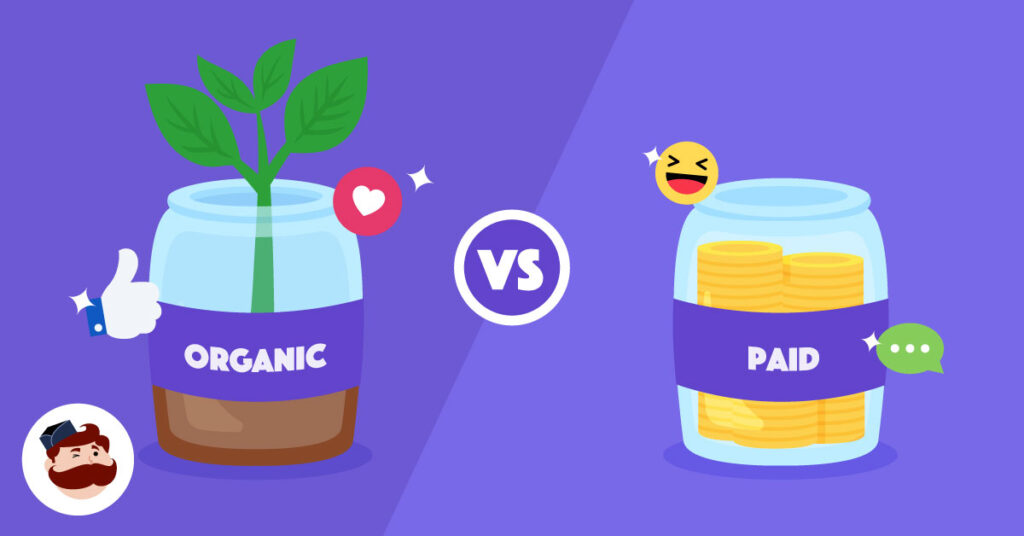Both social media boost and organic social media have their unique advantages and drawbacks. In this blog post we will be analyzing the one the benefits and Disadvantages of them both:
Social Media Boost
Social media boost is a marketing strategy that involves the use paid advertisements and promotional tactics to boost a content visibility. These ads can be highly targeted to special social media demographics, interest and behaviours in order to reach their ideal customer. When boosting a post, you will boost to increase its reach, engagement, and impact it has on your audience. This can include sponsored posts, promoted tweets, and paid ads on platforms like Facebook, Instagram, Twitter, and LinkedIn.
Benefits:
- Immediate results because it works faster
- It enhances your analytics
- Amplifies your reach: Paid ads can reach multiple audiences on multiple platforms simultaneously.
- It can fit in any budget and easily controlled by you
- It enables you to reach the targeted audience.
- Increases your visibility
Drawbacks of Social media boost
- It can be expensive depending on your goals and budget
- It only provides short time benefits unless continually done
- Over time, audiences may become desensitized to promoted content, leading to reduced engagement.
Organic Social Media
Organic social media is the natural increase of your engagements and followers without relying on paid advertisement. It involves building real and authentic relationships with your audience to expand your brands reach and engagement. It involves sharing user generated content and fostering community engagement without monetary incentives.
What are benefits of Organic growth on social media
- It is free: This makes it effective because it doesn’t involve any direct financial investment.
- It helps establish your personality to your audience
- It helps build trust and relationship with your audience: Organic growth campaigns does not need to drive sales but rather focus on brand building, entertainment and general updates.
- Favourable algorithm: Social media platforms often reward high-quality, organically engaging content with better algorithmic placement.
- It is sustainable: Building a loyal and engaged audience organically can lead to sustained long-term growth and higher levels of trust.
- Build a loyal following of customers who are genuinely interested in your brand and what you have to offer.
Drawbacks of Organic Social media
- A major disadvantage of organic social media is that it takes time to grow your followers.
- Your reach is usually limited to your followers
- Frequent change in social media algorithm. This can make it difficult to maintain your reach and engagement.
- You have limited control over the platform because it relies on platform’s algorithm to determine your content reach.
- Ideal for businesses with limited budgets

Conclusion
Both social media boost and organic social media have their unique advantages and drawbacks. The choice between the paid social media vs organic social media depends on your business goals, target audience and budget available. By combining both strategies thoughtfully, you can achieve immediate visibility through paid ads while building a sustainable and loyal audience organically.
If you want to: Build brand awareness, have limited budget and want to engage your audience then organic social media is cool for you. But if your intentions are to promote sale of a product or services, and maximize your business ROI then going for paid ads will be necessary.
You can also read How Much Does It Cost to Boost a Post on Social Media?
